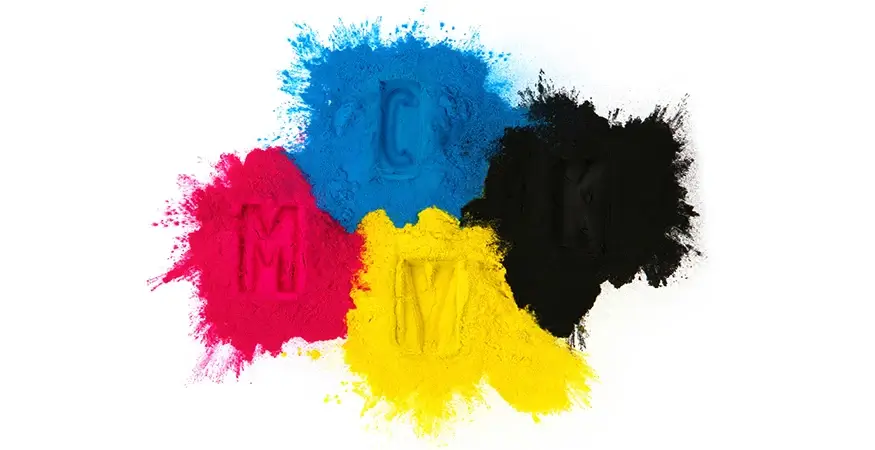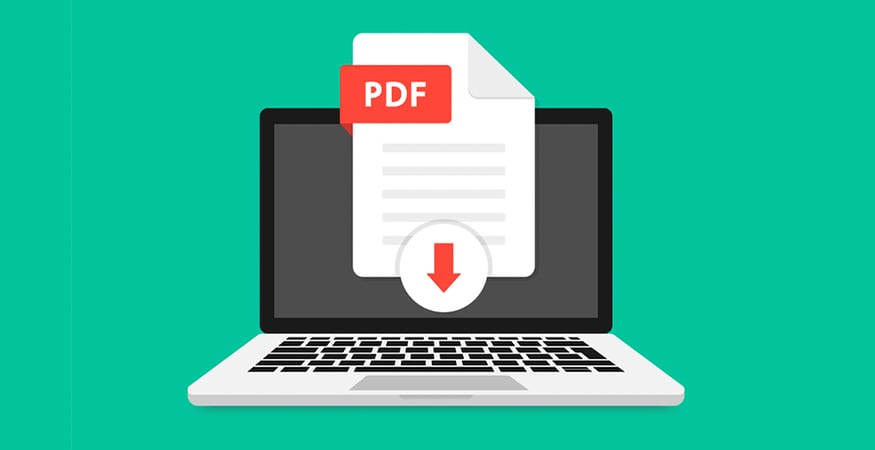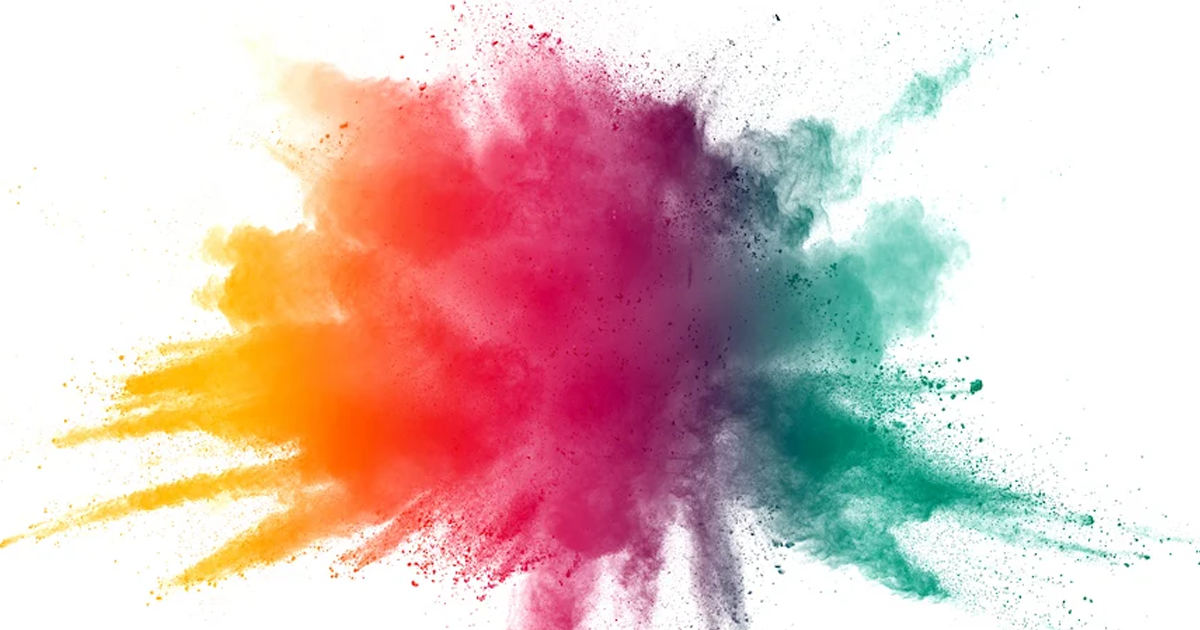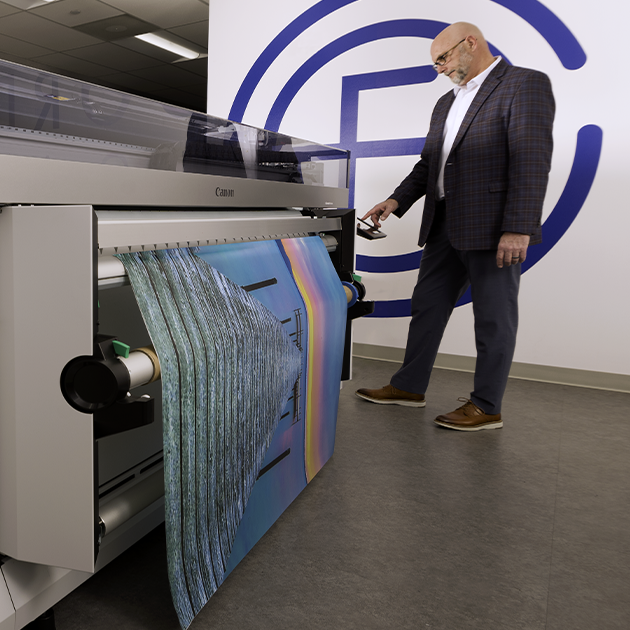Do you like shopping for printer ink? Of course not. No one likes buying ink—it is expensive to buy and disappears way too fast. But in the world of inexpensive “Big Box” printers, it is something we all have done at one point or another. Let’s stop this practice and look at why printer ink is so expensive in comparison to a “Just-in-Time” toner-based restock program through the Gordon Flesch Company.
Today, I am going to explain why printer ink is so expensive and how you can have a better experience keeping your printers and copiers stocked with ink and toner through GFC’s Just-In-Time (JIT) supply program.
MORE EXPENSIVE THAN CHAMPAGNE?
A study conducted by Consumer Reports back in 2013 found that “Big Box” store-bought inkjet ink costs between $13 and $75 per ounce, or $1,664 – $9,600 per gallon. This price range is more expensive than my favorite champagne or my wife’s favorite perfume.
Not only is ink expensive, but it can be wasteful. According to Consumer Reports, consumers are getting only half of the ink they think they are paying for. According to the Magazine’s testing labs, with many printers, more than half of the ink you buy will never wind up on a page. Due to images produced on a page and the internal maintenance required to keep your printer functioning properly, ink cost and ink yield can very tremendously between different manufacturers and different printer models. Not only is the operational cost expensive, but the confusion to consumers is also not worth the hassle.
IT’S EXPENSIVE FOR A REASON
One reason ink seems expensive is that people underestimate how much innovative technology goes into printer ink. A Computer World article pointed out that manufacturers spend a billion dollars each year on ink research and development. They highlight that printer ink “must be formulated to withstand heating to 300 degrees, vaporization, and being squirted at 30 miles per hour, at a rate of 36,000 drops per second, through a nozzle one third the size of a human hair. After all that it must dry almost instantly on the paper.”
In other words, all that research and development costs money—and that is where the high price comes in.
In addition, like many manufacturers and technology companies, printer companies make a profit by putting a lower price on their goods because it ultimately gives them better returns. They follow a classic business model employed by razor companies where they sell their products at a low price to help drive the sales of its higher priced accessories, where the real profit is generated. In this case, the product is the printer, and its accessories are the ink cartridges.
THERE IS A SMARTER WAY
Of course, what I have been referring to only applies to inkjet printers. Laser printers, by contrast, use dry toner not liquid ink. And, if your print volume (either black and white or color) is more than a full ream of paper per month (500 sheets), a laser printer is typically less expensive to operate in the long run. This is true for a number of reasons, but mainly because toner yield (images produced at a typical 5-20% coverage) is much higher than the yield of a high-cost ink cartridge.
Also, in many inkjet printers (and toner-based systems as well) a low ink level or toner level alert is triggered well before the cartridge is empty. Typically, when such an alert is triggered, a user will replace the low-level cartridge with a new cartridge well before it is out of supply, wasting as much as 20% of the remaining supply in the cartridge. The easiest way to check if a cartridge is below the 20% threshold once the alert is triggered, is to run a test print on your printer. Most printers have a test print or diagnostic print option built into their software which will print out a diagnostic pattern of the print cartridge (or cartridges). If, after this diagnosis, the image quality is poor and faded, the cartridge is most likely ready to be replaced.
In addition, it is possible to buy less expensive ink not made by the manufacturer. However, third-party cartridges are less reliable and are not formulated the same way, which can lead to clogged or malfunctioning inkjet printers.
The main benefit of choosing a compatible, off-brand toner is that it is cheaper. However, a compatible toner may diminish the print quality, print volume, and/or increase machine failure rates. Toner from a manufacturer will have a higher price tag, but that is offset by the lifespan of the toner itself. An original equipment manufacturer (OEM) toner will generally provide you with more consistent results, last longer and use is covered by manufacturer’s warranty.
GET SOMEONE TO DELIVER TONER SUPPLIES FOR YOU
Based on your print volume, mix of print devices, and the size of your user group, the best option for managing ink and toner supplies might be a Just-in-Time delivery program. If you have a managed print service, chances are that your servicing vendor is utilizing FMAudit to monitor your printers to automatically capture device meters and report supply usage. GFC’s Just-in-Time program uses an algorithm based upon your typical average monthly volume and remaining toner in your device. The system will automatically notify us when one of the monitored devices reaches a predetermined toner level.
GFC’s automatic toner replenishment is based upon a “days to empty” calculation and the specific supply is shipped out directly to that machine’s location. The toner will have a label with the identifying device information, location, and Identification Number so it gets to the right place at the right time. When we talk about getting the right supplies to the right devices consistently and without delay, we are talking about a well-managed print program called imageCARE®. GFC’s managed print program, imageCARE® is a comprehensive approach to delivering a program to minimize paper waste, reduce energy consumption, enact a recycling program, and eliminate the hassle and confusion around toner supplies and service.
I hope this helps you understand why printer ink can be so expensive and what to do about it. If you would like to find out how to control the cost of ink, toner, or any other printer-related costs, talk to the print experts at the Gordon Flesch Company. We love to help!










